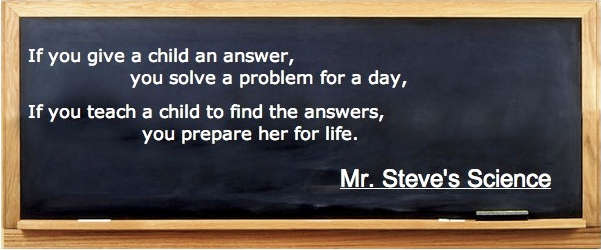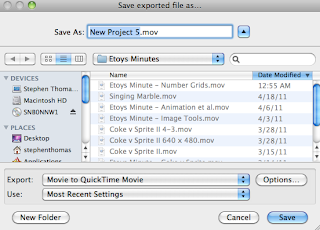The timeline in the video and project are very simple and there are many examples of better timelines. For example from Edward Tufte the Charles Joseph Minard portrays the losses suffered by Napoleon's army in the Russian campaign of 1812. Check anything Tufte puts out its excellent. If you can attend his one day course, do it.
A timeline that tells a story
Here is another example from Google News Timeline :
Finally the Original text from the video:
Decleration of Edupendence
When in the Course of human events, it becomes necessary for one people to dissolve the educational bands which have connected them with past practices, and to assume among the powers of the earth, the separate and equal station to which the Laws of Nature and of Nature's God entitle them, a decent respect for the thoughts of children requires that they should declare the causes which impel them toward a new form of education.
We hold these truths to be self-evident, that all children are created equal, that they are endowed by their Creator with certain unalienable Rights, that among these are Life, Liberty and the pursuit of Learning.
That to secure these rights, Schools are instituted by Adults, deriving their just powers from their ability to facilitate children reaching their full potential and using their skills for the greater good. That whenever any form of education becomes destructive of these ends, it is the Right of the People to alter or to abolish it, and to institute new Schools, laying its foundation on such principles and organizing its powers in such form, as to them shall seem most likely to effect their Learning and Happiness.
:)














